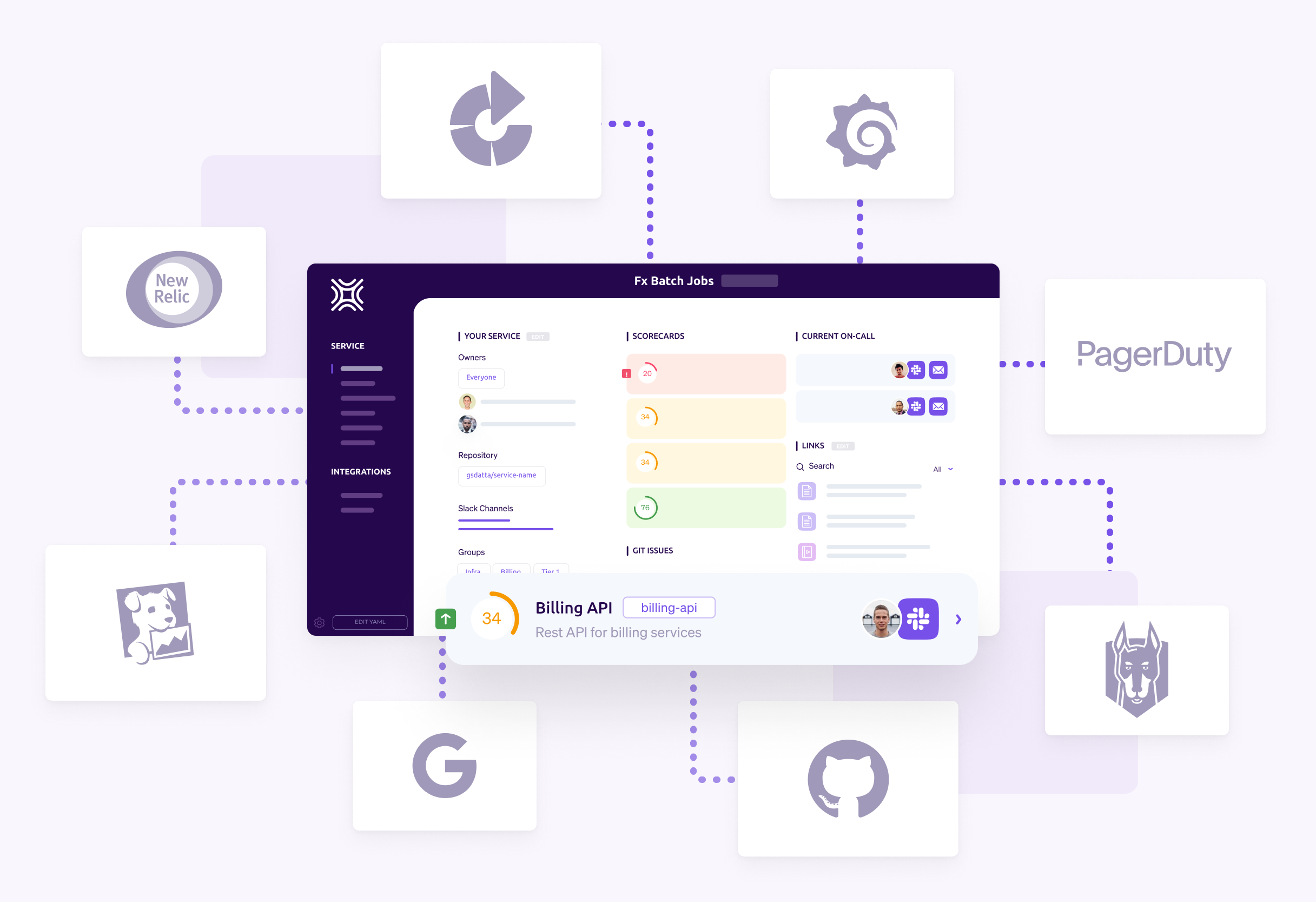Cortex, a startup building an internal developer portal that helps engineering teams build better software at scale, today announced a $35 million Series B funding round led by IVP. Craft Ventures, along with existing investors Sequoia Capital, Tiger Global and YCombinator, also participating in this round, which brings the company’s total funding to just under $53 million.
The service started out as a tool for helping developers wrangle their microservices architectures. That remained Cortex’s main marketing message when it raised its Series A round, but since then, it has widened its focus to this new emphasis on its role as an internal developer portal. That’s clearly working for the company, which saw its revenue grow 400% year-over-year. Among Cortex’s new customers are the likes of TripAdvisor, Docker, Grammarly, Unity and SoFi.
“A lot of that stems from the observations and the conversations we’ve had with customers and prospects over the past year,” Cortex co-founder and CEO Anish Dhar said. “I think one of the core things that we’ve started to see is that once a company has around 80 to 100, engineers, things start living in people’s heads. That’s when the spreadsheets that track all of the services are being created. But then, once the company grows, it almost gets exponentially worse.” As these companies grow, not having better visibility into their engineering organization also increasingly becomes a liability. When you don’t know who owns a service — or a service doesn’t have an owner anymore after an employee left — critical vulnerabilities can go unpatched for a long time.
At its core, Cortex always had a catalog of all of the services that a company ran and with that, it gathered a lot of valuable data. “Once we’re deployed inside of a company, you start seeing really strong engagement from not only the developers but then other practitioners like SRE and security teams who are constantly running these initiatives to remediate, improve and build that culture of service reliability and ownership.”
In its product, Cortex provides users with services and resources catalogs, as well as with scorecards to see how well they are performing against benchmarks for production readiness and development quality, hubs for every team to help them understand who owns what and improve collaboration, as well as, most recently, a new scaffolding service that allows teams to standardize their service architecture and set up repeatable processes for spinning up new ones.
Cortex co-founder and CTO Ganesh Datta also noted that, increasingly, engineering leaders are pushing their developers to care more about the quality of their code and following standards. “That’s where we took a step back and said: we have all this stuff in the catalog, but how do we take that and help you go on this journey to get to a place where now developers are thinking about this stuff on their own?”
That’s also what the team plans to focus on now. With all of this visibility into ownership and services, the team has already built out more tools to allow developers to take action right from the portal, starting with the scaffolding service. The focus now is to expand on this and help developers manage more of their ecosystem from within the developer portal.
“I think what you have [in Cortex] is a really opinionated perspective on how people should eventually arrive at a well-done Internal Developer Portal,” said Cack Wilhelm, general partner at IVP and now a Cortex board member. “I don’t think it’s enough to attack scorecards or scaffolding or incident management or engineering, metrics and productivity. I think what you’re really looking at here is a culture change within an organization and you can’t just piecemeal that. What we loved about Anish and Ganeesh is their vision — having a really comprehensive, opinionated stance on how an organization might go about doing that and then the ability — through product — to get a company to that sort of Nirvana state.”
Cortex raises $35M Series B for its internal developer portal by Frederic Lardinois originally published on TechCrunch








